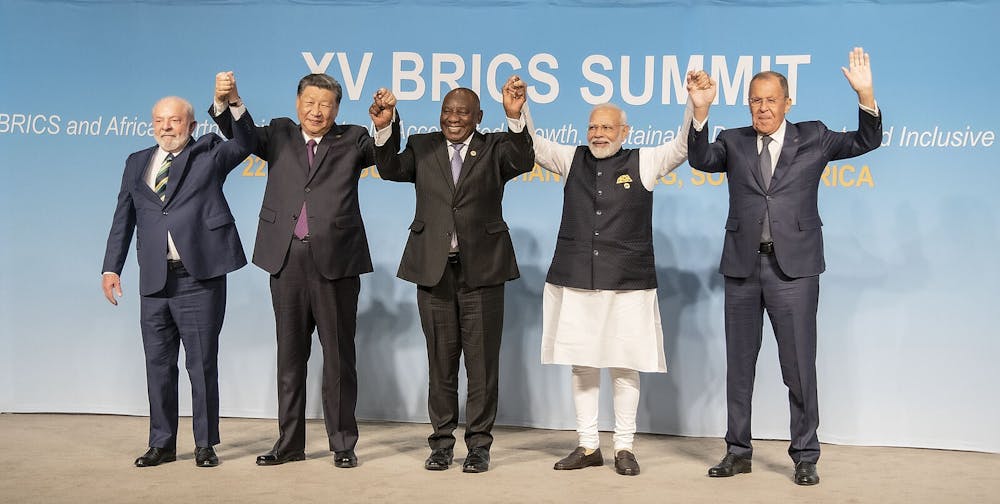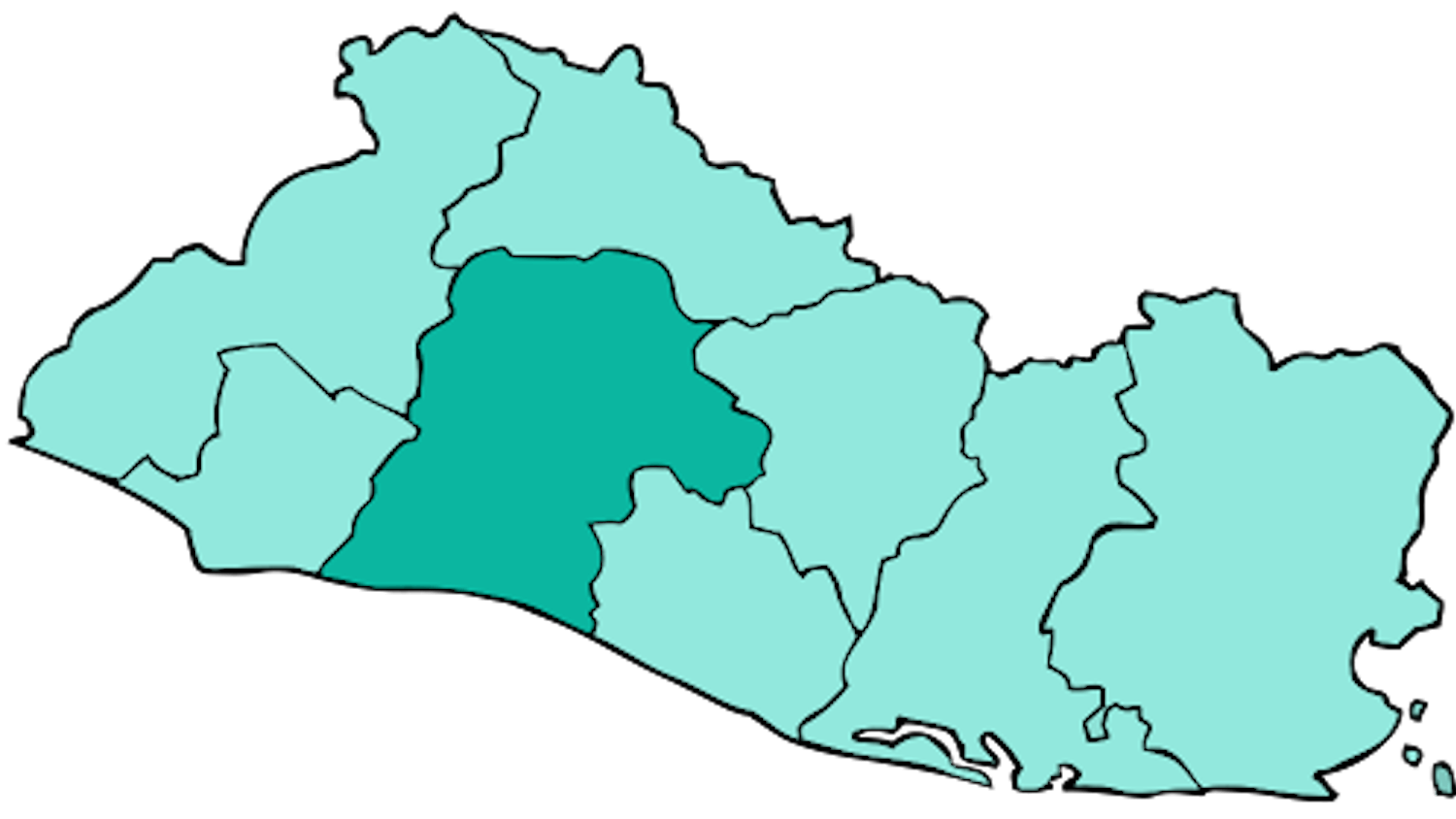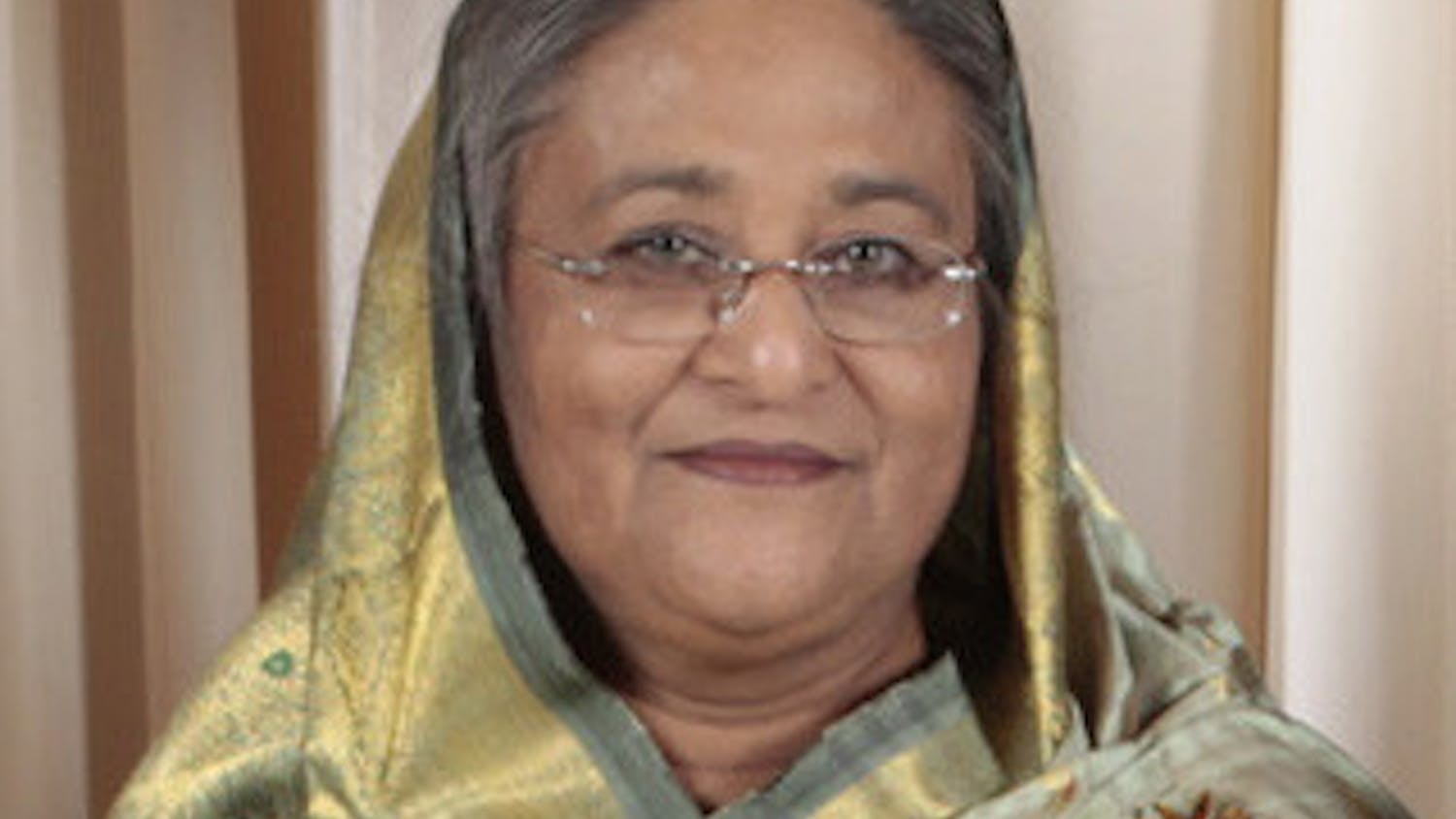By John Kavallines
Correspondent
The BRICS organization, an acronym that stands for Brazil, Russia, India, China and South Africa, hosted the annual BRICS summit from Oct. 22 to 24 with several global leaders, including Xi Jinping of China and Narendra Modi of India.
The summit took place in the city of Kazan in the Republic of Tatarstan, akin to a state or province in Russia, about 450 miles east of Moscow.
BRICS, which encompasses nations that collectively represent nearly half of the global population, has been viewed by some as a possible alternative to western organizations like the International Monetary Fund (IMF) or nations like the U.S., according to Modern Diplomacy.
The group of nations is a diplomatic organization that held its first official summit in 2009 in Yekaterinburg, Russia. South Africa joined the following year, which added the ‘S’ to the end of the group’s name. The term originated from a 2001 research paper by Jim O'Neill, who was then the head of Global Economic Research at Goldman Sachs. Broadly, it is a group of emerging economies that, according to the paper, were set to be more important in the global economy in the future.
In addition to the original five members, BRICS now incorporates Iran, Egypt, Ethiopia and the United Arab Emirates. This summit marks the first since the block's expansion, which Xi praised last year as a “historic” occasion that signified a “new starting point for BRICS cooperation.”
Kazakhstan chose not to join the summit, with local media stating that Indonesia and Algeria also plan to remain outside for the foreseeable future. Argentina has also refused its invitation. Although Saudi Arabia takes part in BRICS events, it has not yet formalized its membership, according to Reuters.
Of the 38 nations invited to the summit by the BRICS hosts, 24 sent their leaders, with a total of 32 participants aside from the original members, plus the United Nations. Leaders from the majority of member countries attended, including the leaders of South Africa, Iran, Egypt, Ethiopia and the UAE.
The president of Brazil has canceled his visit due to a medical issue, according to Reuters, so the foreign minister was chosen to represent Brazil instead.
Additionally, leaders from several non-BRICS countries were present in Kazan, including leaders from Turkey, Uzbekistan and Vietnam. The U.N. secretary general, António Guterres, also participated, as confirmed by the U.N.
The general purpose of this year’s summit was to discuss the future of the alliance. The organization has stated that up to 30 countries have shown interest in joining BRICS. Turkey is among them, having filed for membership, as confirmed by the Kremlin in September, according to PBS.
This would mark the first entry of a NATO member into the group. The Russian government has said that this year’s BRICS summit explored a framework for allowing second-tier countries to function as partners before potentially transitioning into full membership.
This would function by having nations who wish to work with BRICS, but either do not want full membership or wish to join but have not gained the approvals of members, to cooperate more closely with the goals and actions of BRICS. According to Russian presidential aide Yuri Ushakov, thirteen new potential members have received approval.
During the summit, economic activities were also discussed, including the creation of a grain exchange that could be spread to other commodities in demand like metal and oils, as reported by Reuters.
According to Manara magazine, this, along with the potential for further economic integration so payments could more easily be made between members, aimed to make alliance members more self-sufficient and less reliant on the other countries.
The BRICS organization issued an official statement regarding how it wishes to reform global finance, as they said in their Kazan declaration, "We underscore the need to reform the current international financial architecture to meet the global financial challenges including global economic governance to make the international financial architecture more inclusive and just.”







